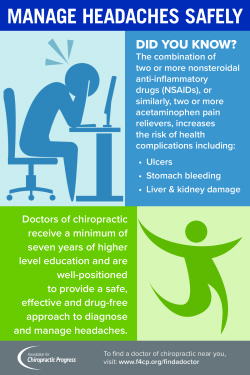Just How Does Cold Laser Treatment Capitalize On Light To Improve Recovery, And What Exceptional Advancements Can We Expect In The Realm Of Discomfort Administration?
Just How Does Cold Laser Treatment Capitalize On Light To Improve Recovery, And What Exceptional Advancements Can We Expect In The Realm Of Discomfort Administration?
Blog Article
Author-Ennis Duckworth
When thinking about alternative therapies, cold laser therapy sticks out due to its unique technique to healing. By making use of details wavelengths of light, it targets mobile functions and promotes recuperation in a non-invasive way. This approach not only boosts ATP manufacturing but also aids in decreasing swelling and discomfort. As research study remains to unfold, the effects for rehabilitation and pain management could be substantial. What does this mean for future therapy choices?
The Systems of Cold Laser Treatment
Cold laser treatment, likewise referred to as low-level laser treatment (LLLT), works by stimulating mobile feature with the application of details wavelengths of light.
When the laser light penetrates your skin, it communicates with the mitochondria in your cells, enhancing ATP manufacturing. This boost in ATP invigorates your cells, promoting recovery and regeneration.
The light also affects cell membranes, enhancing their leaks in the structure and promoting nutrient absorption while removing toxic substances. In addition, cold laser therapy causes the launch of endorphins and decreases swelling, helping your body respond better to injury.
You'll experience enhanced blood flow as the treatment boosts capillary development, making certain that oxygen and nutrients reach damaged cells more efficiently.
Recognizing electrolysis stamford ct can help you value its possibility in promoting recuperation.
Prospective Advantages of Cold Laser Treatment
When thinking about options for pain alleviation and recovery, you could find cold laser treatment to be an appealing choice. This non-invasive strategy can help in reducing inflammation, alleviate discomfort, and promote cells repair work.
Many people report quicker recovery times from injuries and surgeries after undergoing cold laser therapy. It's particularly beneficial for problems like arthritis, tendonitis, and muscular tissue stress.
You might also value that it has minimal adverse effects contrasted to pharmaceuticals. In addition, cold laser therapy can boost flow, which assists in supplying nutrients and oxygen to harmed locations.
Current Research Study and Scientific Applications
As interest in cold laser treatment expands, researchers are discovering its different applications and performance in professional setups. You'll locate research studies exploring its function hurting management, wound recovery, and reducing swelling.
In physical treatment, experts use cold laser treatment to improve recuperation in sporting activities injuries, while dentists are finding it useful for treating oral pain and gum disorders. Recurring sciatica treatment hastings are analyzing its potential in dealing with problems like arthritis and neuropathy.
These researches intend to develop standardized procedures and dosages, guaranteeing safety and security and efficiency. As even more evidence emerges, you could see cold laser treatment coming to be a staple in both recovery and discomfort monitoring, offering patients a non-invasive choice that matches typical therapies.
Final thought
Finally, cold laser treatment provides an appealing method to recovery by utilizing details wavelengths of light to increase cellular functions and advertise recuperation. With benefits like boosted blood flow, reduced swelling, and pain alleviation, it's ending up being a valuable alternative for various conditions. As research study remains to establish standardized protocols, you can expect higher approval of this non-invasive therapy in recovery practices and pain monitoring methods, making it a prospective game-changer for several patients.
